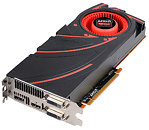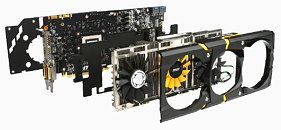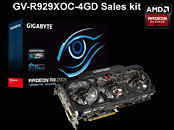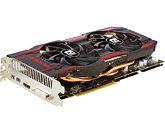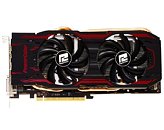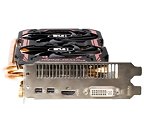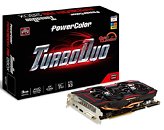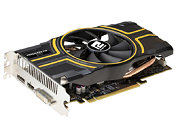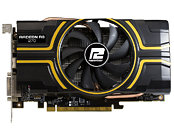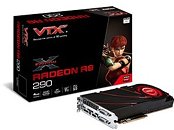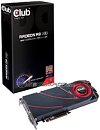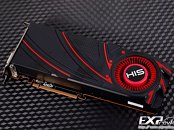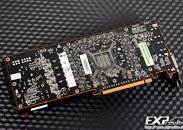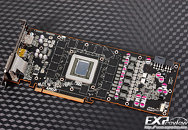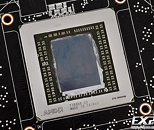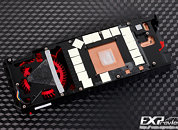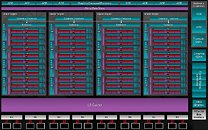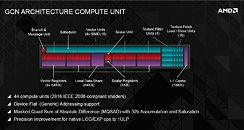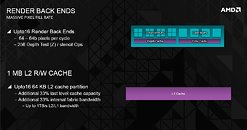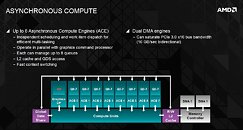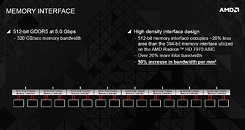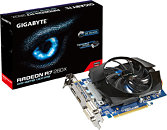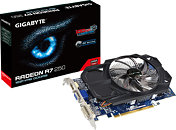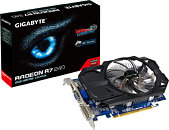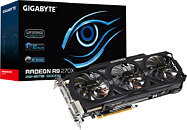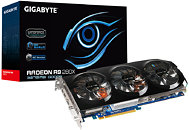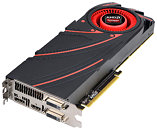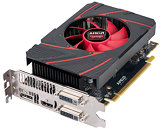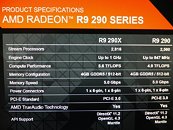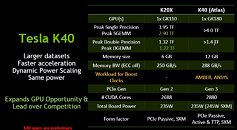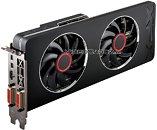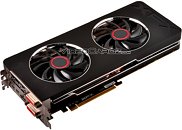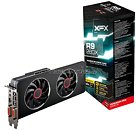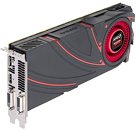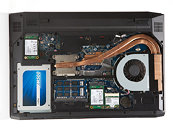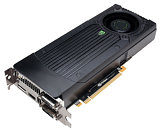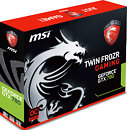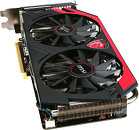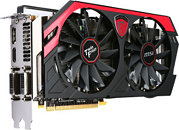
AMD Preps Radeon R9 260 and Radeon R9 255 to Woo Pre-built Buyers?
AMD is rolling out two new Radeon SKUs to bolster its lineup below the $179.99 price-point held by the Radeon R9 270. The names of these SKUs might confuse the heck out of you, the TechPowerUp reader, and our hearts go out to the target buyers of these products, but bear with us - Radeon R9 255 and Radeon R9 260. Not to be confused with similar-sounding Radeon R7 250 and Radeon R7 260, the two SKUs are positioned in the Radeon R9 series, and could offer either higher performance levels than what the R7 260X manages, or it could also be a sly marketing move by AMD to make the lower-mainstream part of its lineup look more appealing to buyers of pre-built mainstream desktops that are "gaming ready."
There are two pieces of evidence to support the existence of the two. First, AMD updated its website to show R9 255 and R9 260 in the Radeon R9 section of its OEM products page. Second, on close inspection of the driver information (.inf) file of Catalyst 13.12 WHQL, we sniffed out three curious looking device IDs, which point at products going by those names. Selling an SKU named "Radeon R9 260" could work well for AMD's "Never Settle for anything less than AMD Radeon R9 Series graphics" marketing campaign.
There are two pieces of evidence to support the existence of the two. First, AMD updated its website to show R9 255 and R9 260 in the Radeon R9 section of its OEM products page. Second, on close inspection of the driver information (.inf) file of Catalyst 13.12 WHQL, we sniffed out three curious looking device IDs, which point at products going by those names. Selling an SKU named "Radeon R9 260" could work well for AMD's "Never Settle for anything less than AMD Radeon R9 Series graphics" marketing campaign.
